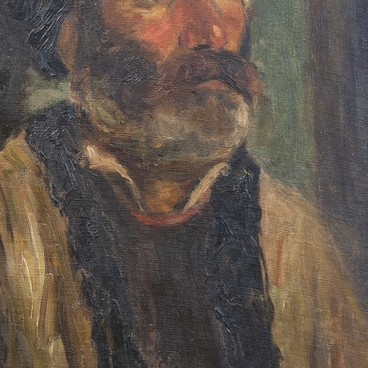Baron Ludwig von Stieglitz was a Russian financier and court banker to Alexander I and Nicholas I. He was born at the end of the 18th century in the principality of Waldeck (the present territory of Germany). Ludwig was the third son of the court banker Hirsch Bernhard Stieglitz of the Hamburg merchant class. He was engaged in trading operations in Hamburg, from where he arrived in Kronstadt in June of 1802. In 1803, he joined the Saint Petersburg merchant class of the 1st guild and founded the banking house Stieglitz & Company. In 1807, Emperor Alexander I issued a manifesto forbidding foreigners to join the Russian Merchant guild. Soon after, Ludwig von Stieglitz became a Russian citizen. In 1812, he converted to Lutheranism and married a Christian woman.
Ludwig Stieglitz’s assets and achievements included the Moscow-Saint Petersburg railroad, Russia’s first shipbuilding excise company, the shipping route between Saint Petersburg and Lubeck, sugar factories, the Nevskaya manufactory and cotton mills, extensive charitable activities and the provision of foreign loans to Russia. Stieglitz turned out to be the most valuable acquisition for the Russian court. Every year, the state had to borrow about 120 million rubles to cover the costs of reforms and simply “patch up the holes” in the budget left after the war with Napoleon. Stieglitz managed to get a minimum-interest loan of 230 million to fill an obvious hole in the country’s budget. The banking houses of the leading European capitals quickly became reassured their Russian partner was reliable and after that were willing to lend him money even without formal agreements. Thus, Stieglitz earned the favor of Nicholas I. After the latter’s coronation, Ludwig Stieglitz was raised to the dignity of a baron of the Russian Empire for his services to the government and his achievements in the spread of trade, and in 1831 he was granted a patent of nobility and hereditary coat of arms.
Ludwig von Stieglitz died in 1843. Upon his death, his fortune was inherited by his son Alexander, who continued his father’s business.
The composition of the easel painting “Portrait of Baron Ludwig von Stieglitz” is similar to that in the portraits by George Dawe.


